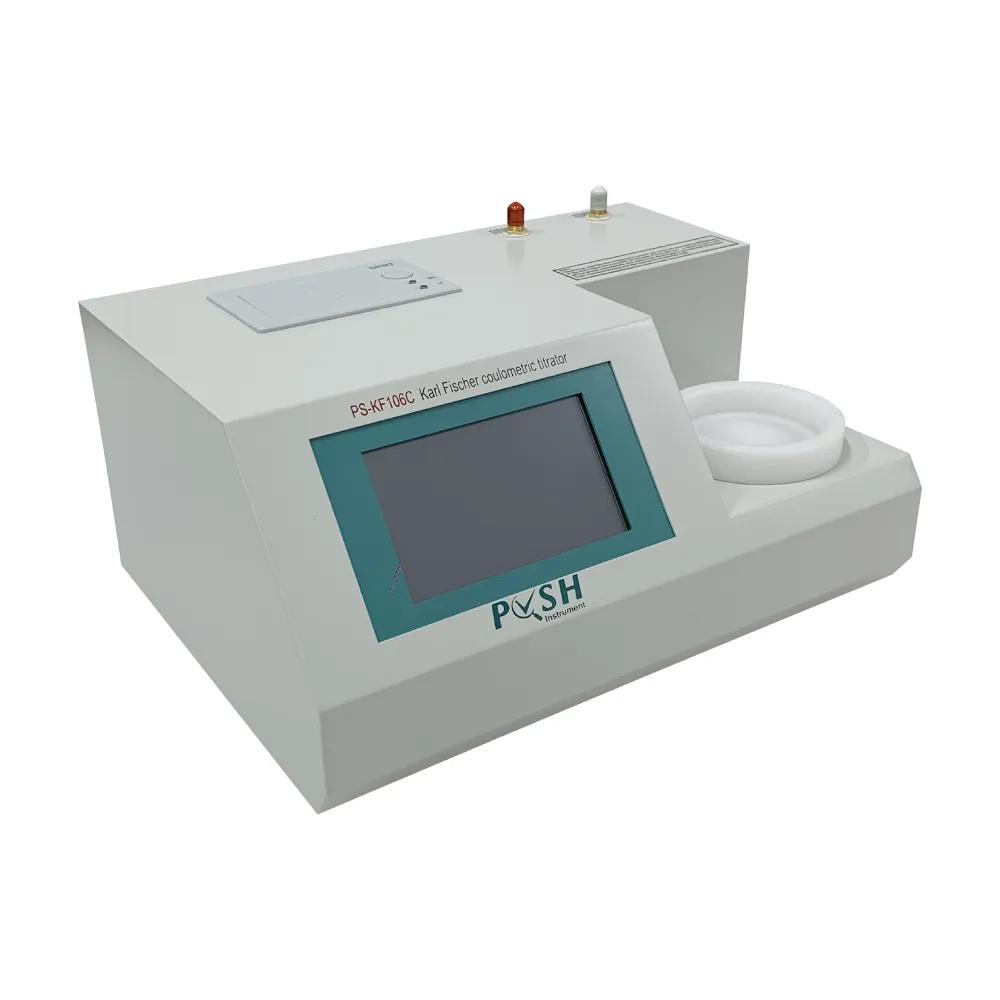 English
English



-
 Afrikaans
Afrikaans -
 Albanian
Albanian -
 Amharic
Amharic -
 Arabic
Arabic -
 Armenian
Armenian -
 Azerbaijani
Azerbaijani -
 Basque
Basque -
 Belarusian
Belarusian -
 Bengali
Bengali -
 Bosnian
Bosnian -
 Bulgarian
Bulgarian -
 Catalan
Catalan -
 Cebuano
Cebuano -
 China
China -
 China (Taiwan)
China (Taiwan) -
 Corsican
Corsican -
 Croatian
Croatian -
 Czech
Czech -
 Danish
Danish -
 Dutch
Dutch -
 English
English -
 Esperanto
Esperanto -
 Estonian
Estonian -
 Finnish
Finnish -
 French
French -
 Frisian
Frisian -
 Galician
Galician -
 Georgian
Georgian -
 German
German -
 Greek
Greek -
 Gujarati
Gujarati -
 Haitian Creole
Haitian Creole -
 hausa
hausa -
 hawaiian
hawaiian -
 Hebrew
Hebrew -
 Hindi
Hindi -
 Miao
Miao -
 Hungarian
Hungarian -
 Icelandic
Icelandic -
 igbo
igbo -
 Indonesian
Indonesian -
 irish
irish -
 Italian
Italian -
 Japanese
Japanese -
 Javanese
Javanese -
 Kannada
Kannada -
 kazakh
kazakh -
 Khmer
Khmer -
 Rwandese
Rwandese -
 Korean
Korean -
 Kurdish
Kurdish -
 Kyrgyz
Kyrgyz -
 Lao
Lao -
 Latin
Latin -
 Latvian
Latvian -
 Lithuanian
Lithuanian -
 Luxembourgish
Luxembourgish -
 Macedonian
Macedonian -
 Malgashi
Malgashi -
 Malay
Malay -
 Malayalam
Malayalam -
 Maltese
Maltese -
 Maori
Maori -
 Marathi
Marathi -
 Mongolian
Mongolian -
 Myanmar
Myanmar -
 Nepali
Nepali -
 Norwegian
Norwegian -
 Norwegian
Norwegian -
 Occitan
Occitan -
 Pashto
Pashto -
 Persian
Persian -
 Polish
Polish -
 Portuguese
Portuguese -
 Punjabi
Punjabi -
 Romanian
Romanian -
 Russian
Russian -
 Samoan
Samoan -
 Scottish Gaelic
Scottish Gaelic -
 Serbian
Serbian -
 Sesotho
Sesotho -
 Shona
Shona -
 Sindhi
Sindhi -
 Sinhala
Sinhala -
 Slovak
Slovak -
 Slovenian
Slovenian -
 Somali
Somali -
 Spanish
Spanish -
 Sundanese
Sundanese -
 Swahili
Swahili -
 Swedish
Swedish -
 Tagalog
Tagalog -
 Tajik
Tajik -
 Tamil
Tamil -
 Tatar
Tatar -
 Telugu
Telugu -
 Thai
Thai -
 Turkish
Turkish -
 Turkmen
Turkmen -
 Ukrainian
Ukrainian -
 Urdu
Urdu -
 Uighur
Uighur -
 Uzbek
Uzbek -
 Vietnamese
Vietnamese -
 Welsh
Welsh -
 Bantu
Bantu -
 Yiddish
Yiddish -
 Yoruba
Yoruba -
 Zulu
Zulu
ppm test for transformer oil
PPM Test for Transformer Oil Understanding Significance and Procedure
Transformer oil plays a critical role in the operation and longevity of transformers, which are essential components of electrical power systems. This mineral oil serves multiple functions, including insulation, cooling, and arc suppression within the transformer. To ensure the efficient and safe operation of these electrical devices, regular testing of transformer oil is imperative. One of the significant tests conducted on transformer oil is the PPM (parts per million) test, which helps in evaluating the presence of contaminants and the overall quality of the oil.
Why is the PPM Test Important?
The quality of transformer oil can significantly influence the performance and lifespan of a transformer. Contaminants such as water, other oils, metals, and dissolved gases can degrade the insulating properties of the oil. The PPM test helps determine the concentration of these contaminants. For instance, high water content in transformer oil can lead to reduced insulation resistance and can cause electrical failures. Additionally, the presence of metallic particles can indicate wear and tear in transformer components, leading to potential malfunctions.
Conducting a PPM test allows utilities and engineers to assess the health of the transformer oil and, by extension, the transformer itself. Regular monitoring can prevent unexpected breakdowns and reduce maintenance costs, thereby enhancing the reliability of power delivery systems.
The PPM Testing Procedure
1. Sample Collection The testing process begins with the careful collection of transformer oil samples. It is crucial to use clean and dry containers to prevent contamination. Samples should be collected from various locations within the transformer to obtain a representative analysis.
ppm test for transformer oil

2. Preparation Once the samples are gathered, they must be prepared for testing. This may involve centrifugation or filtration to remove any particulate matter that could affect the results. The sample should be allowed to settle to ensure that any suspended particles fall to the bottom.
3. Measurement The prepared samples are then analyzed using a precise methodology to determine the concentration of contaminants. Common methods include using gas chromatography to identify dissolved gases, or using an infrared spectrometer to measure water content. The results are typically reported in PPM, indicating the number of contaminants present per million parts of the oil.
4. Interpretation of Results After obtaining the PPM results, engineers must interpret them in the context of operational limits. Each type of contaminant has its threshold levels, and exceeding these can signal the need for preventative measures or remedial actions, such as filtration, purification, or, in some cases, complete oil replacement.
Conclusion
In conclusion, the PPM test for transformer oil is a vital diagnostic tool that serves to monitor the health and quality of transformer insulation. By regularly assessing the oil for contaminants, utilities and engineers can proactively manage transformer performance, thereby reducing the risk of failures and prolonging service life. This proactive approach leads to improved operational reliability, enhanced safety standards, and lower maintenance costs in power delivery systems.
Ultimately, the investment in regular PPM testing of transformer oil translates into a more efficient and reliable electrical infrastructure, which benefits both utility providers and consumers alike. As electrical demands continue to grow, the significance of transformer oil analysis cannot be overstated; it is an essential practice for ensuring the smooth operation of our power systems and protecting our investments in infrastructure. Therefore, understanding and implementing effective testing protocols is crucial for anyone involved in the management and maintenance of transformers.
-
Exploring the Main Types of Industrial Endoscopes and Their Applications Across IndustriesNewsJul.04,2025
-
Testing Equipment Industry Sees Major Advancements in 2025: Smart & Precision Technologies Lead the WayNewsJun.06,2025
-
Applications of Direct Current Generators in Renewable Energy SystemsNewsJun.05,2025
-
Hipot Tester Calibration and Accuracy GuidelinesNewsJun.05,2025
-
Digital Circuit Breaker Analyzer Features and BenefitsNewsJun.05,2025
-
Benefits of Real-Time Power Quality Monitoring Devices for Industrial EfficiencyNewsJun.05,2025



